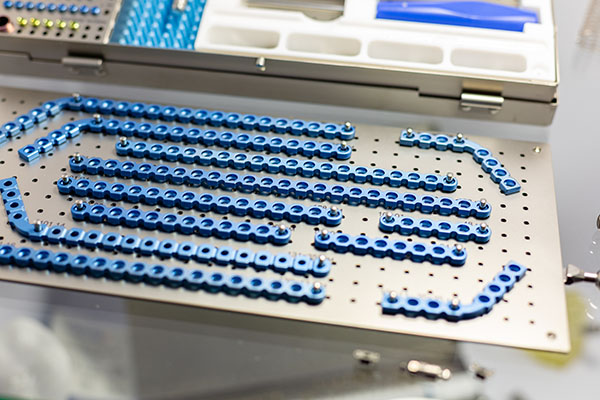Reconstructive Procedures
Skin Cancer Reconstruction
The goals of skin cancer reconstruction after Mohs micrographic resection is to provide as natural a result as possible while maintaining the functional aspects of the individual facial subunits. There are several techniques available for reconstruction of these defects and the best choice for reconstruction will depend on the location of the defect and surrounding soft tissue characteristics.
Facial Reanimation after Facial Paralysis
Facial paralysis can be a devastating condition. It affects the ability to express oneself and also affects the normal function of the face. We offer a variety of services to restore symmetry and function to the face following permanent facial paralysis. This includes Botox® to treat synkinesis and to help with symmetry across the face. Included in our facial reanimation services are correction of the eyelid and eyebrow by placement of a gold weight to help restore closure of the lid as well as brow lifting and face lifting to restore symmetry to the brow and face. We also offer temporalis tendon transfer and gracilis muscle free flap transfer to help to restore movement to the lips.
Microvascular Reconstruction
Microvascular reconstruction is a highly specialized and technically demanding procedure involving the transfer of soft tissue, muscle or bone from one part of the body to another to reconstruct a defect left from trauma or cancer. This requires successful anastomosis of the vessels from the transferred flap to the vessels of the head and neck under high magnification. Dr. Tang Ho has extensive experience with this technique and has successfully reconstructed thousands of traumatic defects and cancer defects using this technique.
Trauma
 Facial trauma can take the form of facial lacerations, fracture of the underlying bony skeleton or disfigurement from blunt, sharp or ballistic trauma. Treatment options may vary from simple closure of a laceration to placement of metal plates to hold fractured fragments together. The type of treatment will depend on the type of injury.
Facial trauma can take the form of facial lacerations, fracture of the underlying bony skeleton or disfigurement from blunt, sharp or ballistic trauma. Treatment options may vary from simple closure of a laceration to placement of metal plates to hold fractured fragments together. The type of treatment will depend on the type of injury.

 Call Us
Call Us